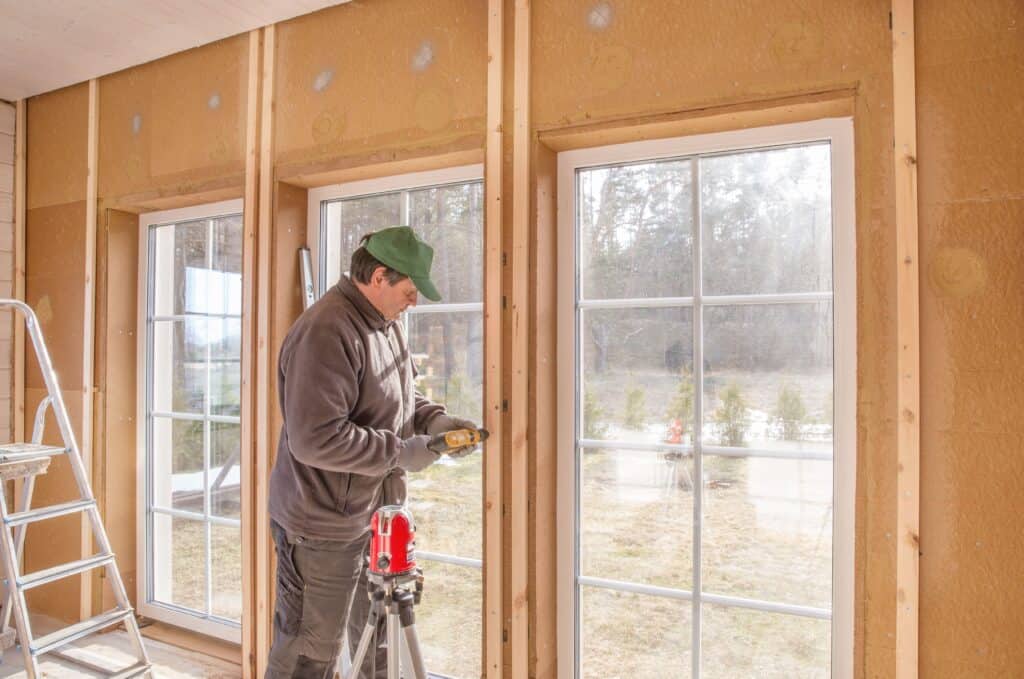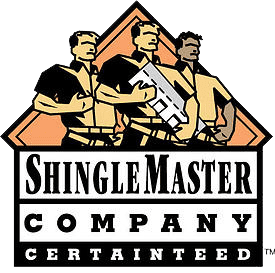Summer Roofing Inspection Checklist
Seasonal Maintenance for Your Roof
Summer can bring torrential downpours and thunderstorms that sometimes lead to roof damage. Winds from thunderstorms can peel off aging or defective shingles and branches can puncture roofs. A hole or even a tiny crack can lead to major damage later on. Water seeps into the tiniest of cracks and can quickly lead to mold growth and rotting of your roof deck. This is a costly mistake you don’t want to make. Roofs are most likely the most expensive element of your home. Check out our article “What to Do About Mold Growing on Your Roof.”
It’s important to inspect your roof for damage due to water and ice as well as wind damage. Summer is notorious for dumping inches of rain on North Carolina, so you’ll want to make sure your roof is prepared to withstand the rain. If you’ve got a crack or hole in your roof, the rainwater could easily seep into your roof deck and attic.
It’s a good idea to inspect your roof at least four times a year, so the change of every season is the best time to schedule a roof inspection or at least visually inspect the roof yourself. TruBlue Roofing and Remodeling has a great checklist for homeowners who plan to inspect their roofs seasonally. Below, you’ll find our checklist of things to look for and tips for taking care of roof damage.
Safety First
Always conduct your own visual inspection of the roof from the safety of the ground or from a window. Many homeowners have suffered severe injuries by trying to climb up on the roof. Ladders collapse everyday, just make sure you’re not one of the unlucky people to do it.
Gutters and Debris
- Remove all debris from the roof and clean it if possible. You’ll want to remove rocks, branches, leaves, and dirt.
- Clean gutters and check their functionality. Remove leaves from and near the gutters.
- Consider installing a gutter guard.
- Make sure the drain system is not clogged with debris or damaged.
- Check downspouts for debris.
Trees
- Clear overhanging tree branches near your roof.
- Remove branches from the roof’s surface.
- Trim back low reaching branches near your roof.
- Trim back branches that are in contact or on the surface of your roof.
- Call a tree service for hard-to-reach branches, tree trimming, and tree removal.
Roof Inspection Terms and Tips
- Check the quality of your roof’s shingles for loss of granule, severe curling, and bald spots.
- Check flashing to make sure it’s watertight, sealed, and properly flashed.
- Look for holes, cracks, and open spaces that are exposed to the elements.
- Look for leaks and deterioration of roofing shingles and materials.
- Look for rotting fascia and trim.
- Look for mold, mildew, fungus, moss growth, and rot.
- Look for rust.
- Check out the chimney, pipes, skylights, and vents.
Inside Inspection
Don’t forget to inspect the interior of your roof for damage or wear and tear. You’ll need to check out the interior walls and ceilings of the top floor of your home as well as the attic and installation. Be on the lookout, too, for damp or moldy installation.
Do you need help with your roof inspection?
If you find yourself in need of professional help, TruBlue Roofing and Remodeling is a locally owned and operated, full-service roofing company. Whatever your roofing needs, we are here to provide a straightforward, affordable, and pleasant experience. Give us a call at 919.589.7290, or visit our website trublueroofingnc.com.
Would you like to learn more about roof inspections?
Check out these articles:








